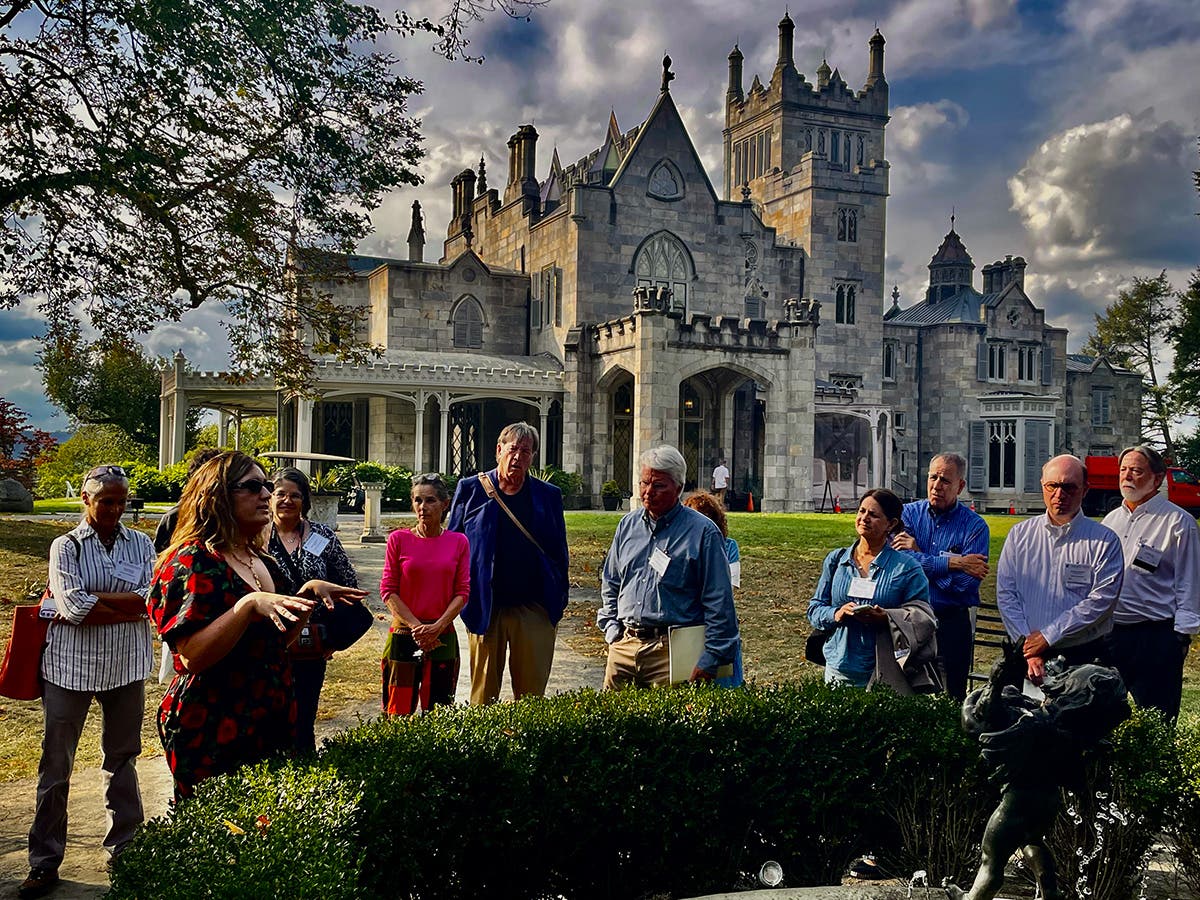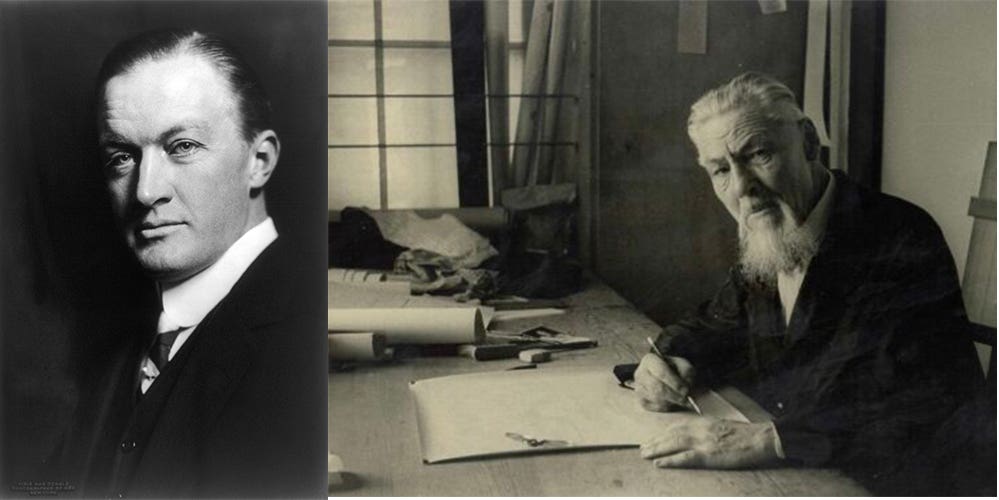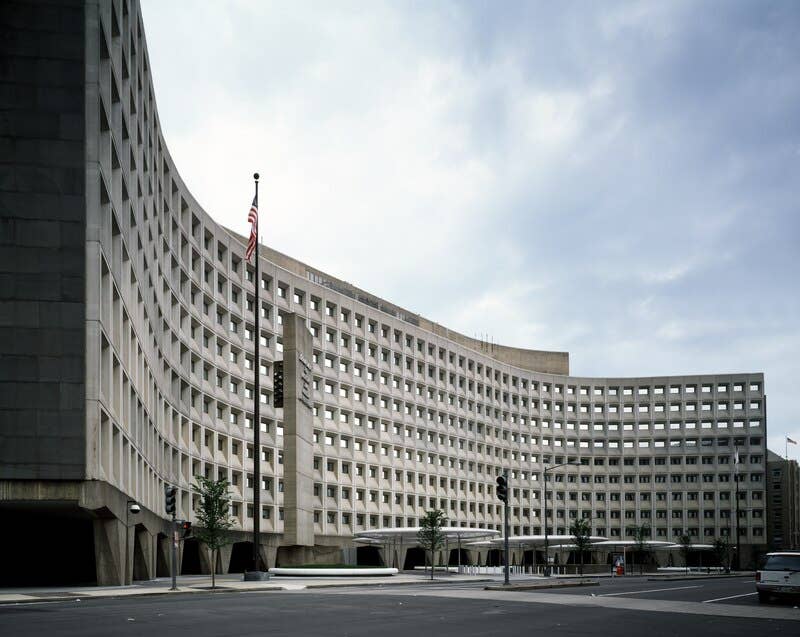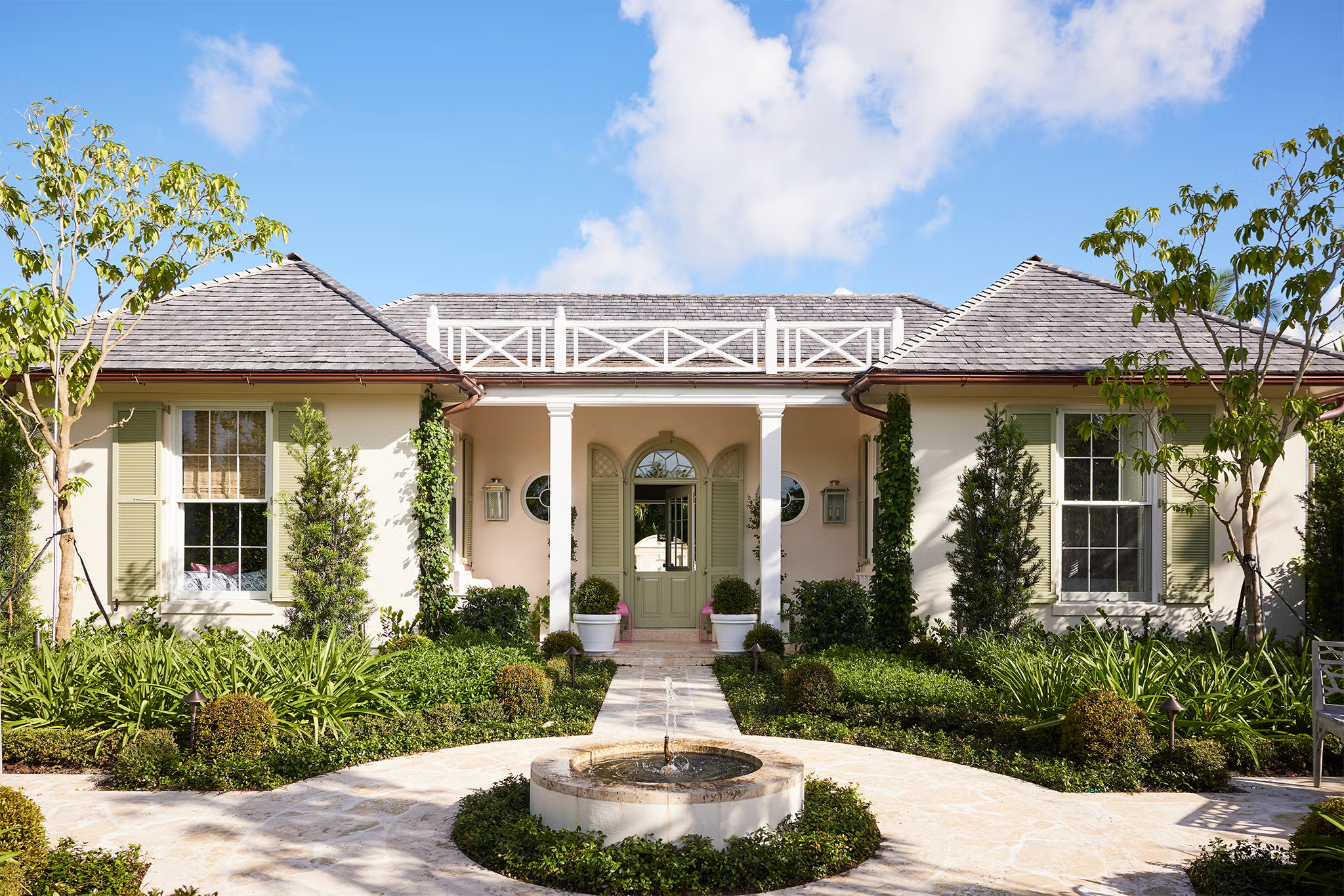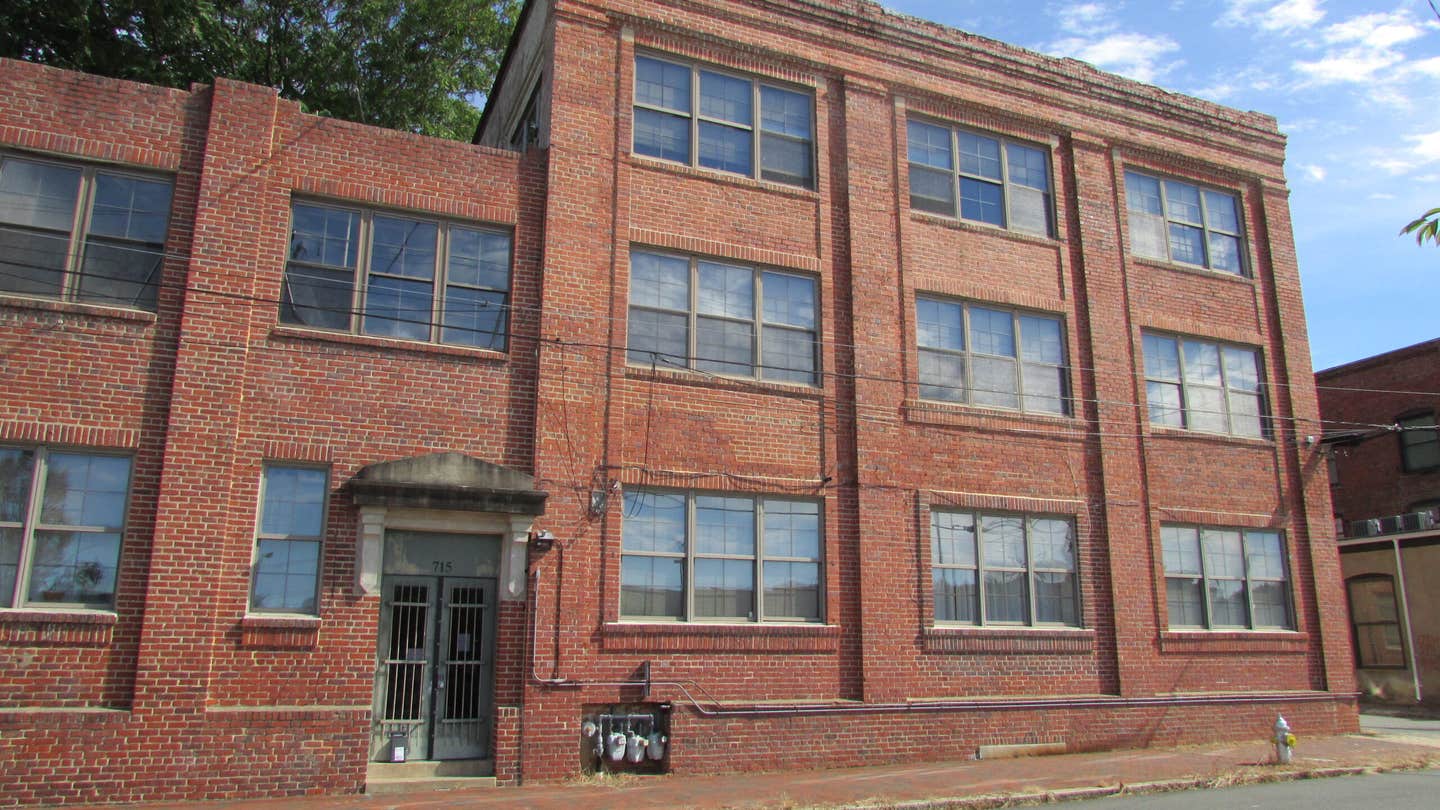
Carroll William Westfall
On the Art of Traditional Architecture
In my previous contribution titled On the Art of Traditional Building, I emphasized that good traditional building is necessary for good traditional architecture. I touched on some differences between those two arts, and I reviewed the conditions in Vitruvius’ famous trilogy of commodity, firmness, and delight that the art of building must satisfy. Finally, I suggested that while those are essential for a good building, something more is needed for good architecture. That “something more” is the topic of these remarks.
Certainly delight is a pleasure we can find in a building when commodity and firmness are well served. It is certainly felt by the architect who sees that the building turns out well and by those who financed it and receive the profit they sought and again later when they find that it can serve a new function and continue to return a profit.
And don’t overlook the delight of a craftsperson who can show work he still takes pride in to his children and later his grandchildren. But there is more than delight when it lingers in the recollection and moves from an immediate sensation to an enduring possession of happiness. As mere delight, it was a personal, internal, sensation, but it can be more. It can nourish happiness and be shared with others. You can take pleasure in having an ice cream cone while gazing upon a sunset with a loved one, and it becomes a richer happiness that you share as a recollection across time.
The happiness we pursue is a social value that occurs in connectedness with others. Our Declaration of Independence identifies happiness as something we have a right to pursue, a natural right like life and liberty, and it called for a civil order to protect that right. Our Constitution then sought and seeks to allow each person to seek individual pleasure so long as it is not harmful to others, but it recognizes that to pursue happiness requires participation with others within a civil, political order whose common good is founded on “certain self-evident truths.”
When the Founders acknowledged the pursuit of happiness as a component of the common good they identified a new, modern interpretation of the purpose of government. The foundations for their work were laid in ancient Athens and Jerusalem that found human fulfillment in aspiring to attain the good and just in what we do, the true in what we know, and the beautiful in what we make, which includes the buildings and the urban setting that serve and represent those aspirations.
That tradition’s inclusion of the good, the true, and the beautiful in the common good was congruent with the reasonable, moral order of the cosmos that humankind inhabits. Our Founders identified these in self-evident truths, that is, truths that are embedded in our common humanity and are accessible to all individuals. They excluded religious doctrines from the content of the common good while protecting their presence in the beliefs of groups and individuals. The stewardship of the civil order protecting the rights of life, liberty, and the pursuit of happiness is entrusted to all enfranchised citizens who must have access to free public education, honest information, and the workings of government and government officials.
This civil order is a recent version of variations reaching back to antiquity with shared principles of the good, the true, and the beautiful. The principles and conventions of the beautiful that guided the making of buildings and cities from ancient Greece and Rome and then again during the Renaissance appeared anew in our public and private buildings during the nation’s first several decades. They were followed by dramatic reinterpretations and were then revivified in the City Beautiful movement following the leadership of the expansion of Washington D.C.’s original L’Enfant plan. This building program was no mere fashion; it was an overt and intentional program that built buildings and urbanism as a beautiful counterpart to the good in the justice and the true in the knowledge that we seek.
And then, rather suddenly, that millennia-long program was thrown aside in architecture and urbanism. The principles and conventions supporting the practice of beauty in architecture as the counterpart to the good and the true were abandoned, and architects pledged allegiance to three new beliefs: 1: architecture is an art of self-expression; 2: achieving functional efficiency is more important than representing the building’s role in serving the common good; and 3: a building’s service to commercial and economic interests is more important than contributing to the beauty of a city that aspires to achieve the good of justice. These are contradictory goals, which leaves open which one will be a building’s dominant content with the devil taking the hindmost.
So now workers assemble industrialized products and no longer craft building materials or participate in building a city in which they can take pride and find pleasure in what they produce and happiness in their recollections and in what they share with others. And architecture no longer pushes forward the traditions of the arts of building and architecture to provide ever fresh counterparts to the good and justice of a civil order.
The words building and architecture are now used interchangeably, and commodity, firmness, and delight serve as the criteria for the art of architecture. Only the very rare architect knows that the art of architecture has its own criteria and that Vitruvius identified and defined them: symmetria, eurhythmia, and decor, unfamiliar words now, to say the least, and so the need for some brief comments.
Symmetria is not bilateral equality about an axis. Instead it refers to proportionality: proportionality of parts to parts and of parts to the whole, proportionality of a building’s formal relationship to other buildings in the urban and rural realms, and of the building and urbanism to the civil order and the moral order of the cosmos. Whey!
Second, eurhythmia, or good ordering. It refers to adjustments to the parts and their assembly to make the symmetria visible. Here the art of architecture is firmly in command. For example, a building must not only satisfy firmness but it must also provide a convincing expression of that firmness. Consider a brick wall. The art of building can be satisfied with an opaque curtain, but the art of architecture produces an expression of the loads and their supports behind or within it, even in the well-crafted brick wall in a mere former factory.
And third, decor. Here the building moves beyond serving a function to fulfilling the higher obligation of contributing to the urbanism that serves the common good. The word means appropriateness to the service rendered, with some buildings or some parts of a building presented as more important than other parts or buildings. Note that in that factory building, the lower portion housed management and got the simply decorated entrance. A similar distinction is made in a lower rank building, a former cold storage meat warehouse, where the ground floor with the building’s entrances for people and cartage is given special attention. And so too in a higher rank book publisher’s building where the office and contiguous printing area present different but related faces to the public.
In traditional architecture variations on conventional compositions allow buildings to identify their rank and purpose in the civil order. Consider a public high school where youth grow to be citizens who will assume responsibility for the content of the common good. A conventional composition allied it with other public buildings that usually had an emphatic central entrance. In the age of kings the castle was domineering and so was its entrance. When the kings moved into the city the castle’s outer fortification moved out to protect the city, and the composition the king presented to the city was enriched with a classical apparatus of forms carefully trimmed with eurhythmia that allied the king to ancient emperors. In many of the institutions of the new democracies the central entrance’s dominance prevailed: a treasury building, a school for military officers, and a public high school, all with innumerable variations within the conventional composition.
Recent high schools convey a different message: this is an original design by an architect; or this is an economical and efficient building; or this is at least as eye-catching as the newest high-class commercial office complex. But it displays no craft. We know that its design will soon be passé, that it makes no claim on the beautiful, that it makes no alliance with traditional buildings, and that its appearance seeks no connection to the principles of justice in our civil order. The delight it offers is simply in seeing something new. It will become obsolete and is unlikely to find a new use.
Vitruvius’ point was, and ours used to be, that the art of building makes possible the art of architecture that serves the common good and the justice we seek, and the architecture it enables gives beauty to the urban and rural realms where people pursue their happiness. That is the now abandoned purpose of the traditional art of architecture.
Carroll William Westfall retired from the University of Notre Dame in 2015 where he taught architectural history and theory since 1998, having earlier taught at Amherst College, the University of Illinois in Chicago, and between 1982 and 1998 at the University of Virginia.
He completed his PhD at Columbia University after his BA from the University of California and MA from the University of Manchester. He has published numerous articles on topics from antiquity to the present day and four books, most recently Architectural Type and Character: A Practical Guide to a History of Architecture coauthored with Samir Younés (Routledge, 2022). His central focus is on the history of the city and the reciprocity between the political life and the urban and architectural elements that serve the common good. He resides in Richmond, Virginia.




